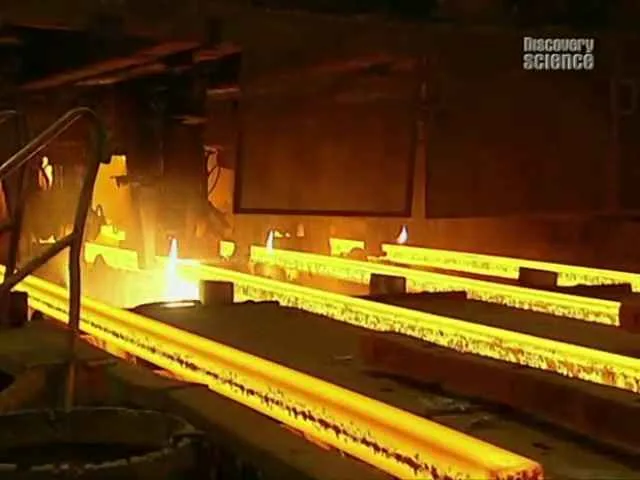
Given that steel can be added alloying elements, steel is called contains at least 45 % iron alloy of iron with carbon and alloying elements (alloy, high-alloy steel).
In the ancient written sources steel was called by a special term: “Ouzel”, “Kharaluh” and “Way of life”. In some Slavic languages, and today steel is called “Ouzel”, for example in the Czech.
Steel is the major construction material for engineering, transportation, construction and other sectors of the economy.
Steel with high elastic properties are widely used in mechanical engineering and instrument making. In engineering they are used for the manufacture of springs, shock absorbers, power springs for different purposes, in instrument — for a number of elastic elements: diaphragms, springs, plates, relays, bellows, banners, pendants.
Springs, springs, machines and elastic elements of the devices are characterized by a variety of shapes, sizes, different conditions. The feature of their work lies in the fact that for large static, cyclic or impact loads in them may be permanently deformed. In this regard, all spring alloys in addition to the mechanical properties common to all structural materials (strength, ductility, toughness, endurance), must possess high resistance to small plastic deformations. In a short-term static loading resistance to small plastic deformation is characterized by the yield stress, prolonged static or cyclic loading — relaxation resistance.
Atideo:

